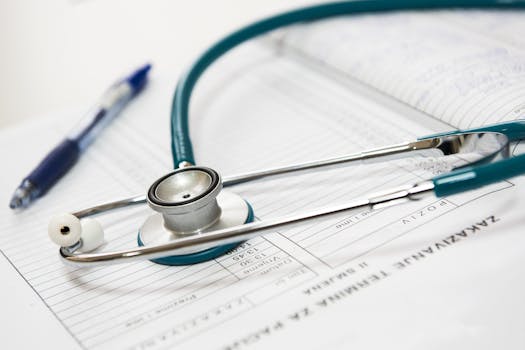The term liposuction upper abdomen describes a targeted body-contouring procedure many people consider when diet and exercise haven’t reduced stubborn fat above the belly button. This post explains what the treatment involves, who tends to be a good candidate, how recovery generally looks, and what realistic results and risks you should know before scheduling a consultation. We use straightforward language so you can weigh options and ask focused questions of any surgeon you consult.
Liposuction for the Upper Abdomen: Who’s a Good Candidate?
Not everyone is an ideal candidate for fat removal in the upper belly region. Good candidates usually have stable body weight, firm skin elasticity, and localized fat deposits that resist change through lifestyle alone. People with significant skin laxity, diastasis recti, or those seeking dramatic skin tightening may be better served by a tummy tuck or combined procedures. If you are in generally good health, a non-smoker, and have realistic expectations, lipo upper abdomen may be an appropriate option to improve contour.
How the Procedure Works
Liposuction of the upper abdomen typically uses small incisions through which a cannula (thin tube) removes fatty tissue. Surgeons may use traditional suction-assisted liposuction, ultrasound-assisted liposuction, or other energy-assisted methods. Local anesthesia with sedation or general anesthesia can be used depending on the extent of work and the surgeon’s protocol. The aim is to sculpt and reduce fat pockets rather than to produce dramatic weight loss.
Recovery and Aftercare
Recovery varies by individual but most patients experience swelling, bruising, and soreness for several weeks. Compression garments are usually recommended to help control swelling and support tissues as they heal. Light activity can often resume within a few days, but strenuous exercise and heavy lifting are typically restricted for four to six weeks. Final results become more apparent as swelling subsides, often between three and six months.
Potential Risks and Complications
As with any surgical procedure, liposuction upper abdomen carries risks. These may include infection, uneven contouring, fluid accumulation, nerve changes, or blood clots. Choosing a board-certified plastic surgeon experienced in abdominal liposuction reduces risk and increases the chance of a satisfactory outcome. For a general overview of the procedure, techniques, and safety considerations, see Liposuction — Wikipedia.
Setting Realistic Expectations
It’s important to remember that liposuction is a contouring tool, not a weight-loss method. Results are best for improving proportion and smoothing bulges rather than achieving dramatic overall size reduction. Skin quality and the degree of elasticity strongly influence final appearance. In some cases, combining liposuction with skin-tightening treatments or surgical removal of excess skin may be recommended. Discuss long-term goals and maintenance, including healthy lifestyle habits, with your surgeon.
Choosing a Surgeon and Consultation Tips
Select a board-certified plastic surgeon with specific experience in abdominal liposuction. During consultation, ask to see before-and-after photos of patients with similar body types, inquire about anesthesia and facility accreditation, and request a clear explanation of costs and recovery expectations. Bring up any medical conditions and medications to ensure safety. If you are considering procedures that transfer or repurpose fat, you may find related information in this resource: descriptive anchor text.
Combining Procedures and Long-Term Care
Some patients combine upper abdominal liposuction with procedures such as lower abdominal contouring, flank liposuction, or non-surgical skin-tightening to achieve balanced results. Long-term satisfaction often depends on maintaining a healthy weight, regular exercise, and good skincare. Discuss a maintenance plan and realistic timeline with your surgeon so you know what to expect at each follow-up visit.
- Choose a board-certified, experienced surgeon for abdominal liposuction.
- Expect temporary swelling and a recovery period of several weeks to months.
- Liposuction sculpts fat pockets but does not replace weight loss or skin removal.
Q: How soon will I see results after liposuction of the upper abdomen?
Initial improvement is visible once swelling decreases, often within a few weeks, but final contour typically appears around three to six months as tissues settle and residual swelling resolves.
Q: Can liposuction correct loose or sagging skin in the upper abdomen?
Liposuction removes fat but does not reliably tighten loose skin. If significant sagging exists, a surgeon may recommend combined procedures such as abdominoplasty (tummy tuck) to remove excess skin and repair underlying muscle separation.






